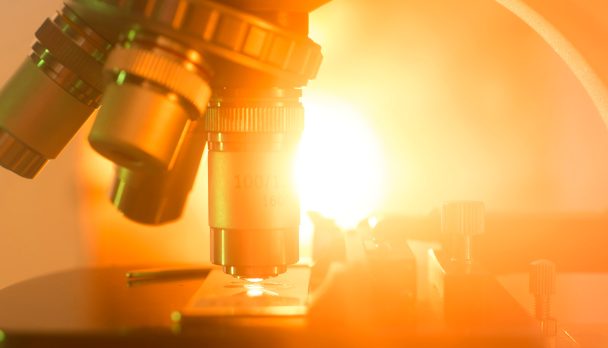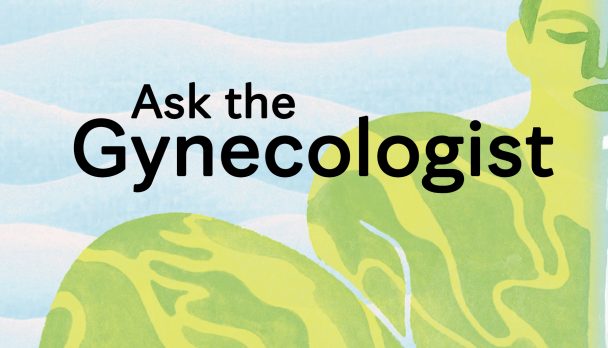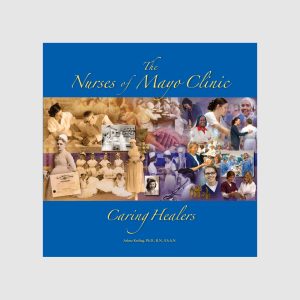
The Nocebo Effect, edited by Michael H. Bernstein, Charlotte Blease, Cosima Locher, and Walter A. Brown, details the investigation into the nocebo effect, the placebo effect’s evil twin. The authors explain the truths behind “the nocebo effect” and its significance in the modern world, while also discussing previous historical applications.
The nocebo effect is the occurrence of a harmful event that stems from consciously or subconsciously anticipating or expecting it. In the following excerpt, author Robert E. Bartholomew, Ph.D., explains how the nocebo effect played a role in the phenomenon known as Havana Syndrome.
In November 2016, two U.S. intelligence officers working in a small station in Havana, Cuba, began noticing mysterious high-pitched sounds near their homes at night. On December 30, one of the officers developed a headache, ear pain, and hearing problems and sought treatment at the American embassy clinic. During his exam he wondered if there might be a connection between his symptoms and a beam of sound that appeared to be directed at his home at night. Embassy officials then learned that two other officers working in the same field office had reported similar sounds outside their homes the previous month, and a theory emerged that the agents were being harassed by a new weapon that used sound waves to make victims sick. Incidents of the condition, which was eventually dubbed “Havana Syndrome,” were confined to one of two hotels, an apartment complex, and diplomats’ homes. Word of the “attacks” spread quickly through the American and Canadian embassies, which had been sharing intelligence. By April 2017, U.S. embassy officials began advising staff to avoid standing or sleeping near windows. Such advisories would have been alarming and stressful, especially for those with children. As one embassy staffer told me, once word of the “attacks” got out, “many of us were experiencing headaches, mental fog, irritability, etc.,” which was “completely understandable given the high stress environment and the fact that we went asleep every night wondering whether we’d be zapped in our beds, and consequently lay awake for hours at a time, days on end, stretching into weeks and months.”
The historical back drop and sensational media coverage
Episodes of social contagion are always couched in a unique context that renders the perceived threat to be plausible and imminent. In the case of Havana Syndrome, lingering political animosities were pivotal to instilling fear, as the Trump administration interpreted the events as a continuation of Cold War hostilities. Prior to their posting, the diplomats had been briefed on the aggressive history of harassment by Cuban agents and the likelihood of twenty-four-hour surveillance. In the past, Cuban operatives would sneak into homes and rearrange bookshelves and furniture, leave cigarette butts, and open windows as a way of conveying to the residents that they were being watched. The State Department’s inspector general has documented several harassing actions by Cuban agents, ranging “from the petty to the poisoning of family pets.” Havana Syndrome was only identified as a health issue in February 2017. Soon diplomats being posted to Havana were being told that they might be the next target of a sonic weapon and were played recordings of the “attack” made by their colleagues. The counseling of new staff created an expectation of illness—that is, a nocebo effect—and with it, a frame through which future sounds and symptoms were interpreted.
In December 2020, a National Academy of Sciences panel suggested that the most likely explanation for the “attacks” was pulsed microwave radiation, with the microwaves stimulating a nerve in the inner ear that resulted in the perception of a barely discernible clicking. In September 2021, a classified government report was re- leased revealing that of the first 21 “attack” victims, eight had made audio recordings. This ruled out microwaves as the culprit because it is not possible to make an audio recording of microwaves. Microwaves would also interfere with electronics and knock out Wi-Fi, and none of that was reported in Cuba. The investigators concluded that the recordings were consistent with the mating call of the Indies short-tailed cricket.
Media coverage of the episode also served to crystallize the belief that something nefarious was afoot, with reports of changes in the brain’s white matter, brain damage, and hearing loss — each subsequently proved to be wrong. In December 2017, doctors examining a cohort of embassy patients leaked information that they had found white matter changes in their brains. After 13 months of media speculation, in February 2018 a study published in the Journal of the American Medical Association found “nonspecific white matter changes” in three of 21 patients. This finding was unremarkable because white matter changes are common in a number of conditions ranging from migraines to depression to normal aging. A 2019 study in the same journal found brain anomalies in a group of embassy diplomats, prompting dramatic headlines about brain damage. However, brain changes are not the same as brain damage. It is not unusual to find minor anomalies in small cohorts. Similar anomalies can be caused by exposure to prolonged stress. Significantly, 12 of the affected diplomats had a history of concussion, and none of the healthy controls did. This alone could account for the differences between the groups.
A global experiment in mass suggestion
Once the State Department established it was likely that members of their diplomatic corps in Cuba had been attacked, intelligence officers and diplomatic staff stationed around the world were warned to be vigilant for “anomalous health incidents” associated with strange sounds that had been experienced over the previous several years. In September 2021, the Department of Defense (DOD) issued a similar alert to its 2.9 million service members and contractors. Defense secretary Lloyd Austin wrote, “Over the course of the last several years, and predominantly overseas, some DOD . . . personnel have reported a series of sudden and troubling sensory events such as sounds, pressure, or heat concurrently or immediately preceding the sudden onset of symptoms such as headaches, pain, nausea, or disequilibrium (unsteadiness or vertigo).” Sociologists refer to this as a “self-fulfilling prophecy,” reminiscent of the old adage “Speak of the devil and he is bound to appear.” Unsurprisingly, by early 2022, as U.S. officials began to redefine an array of health conditions under a new label, more than a thousand reports of “attacks” outside Cuba had been received in over a dozen countries from Australia to Uzbekistan.
In 2019, “energy attacks” were reported by U.S. officials working in and near the White House. Closer scrutiny of these reports suggests the appearance of common neurological conditions involving part of the inner ear that is responsible for balance and spatial awareness. Once you eliminate the claims of brain damage and hearing loss, you are left with an array of vague symptoms: headache, nausea, dizziness, fatigue, difficulty concentrating, confusion, disorientation, forgetfulness, insomnia, tinnitus, balance problems, ear pain and pressure, nosebleeds and depression. These symptoms are so common that nearly everyone would experience some of them in any given week of their life.
The vague nature of the symptoms, the absence of any identifiable weapon, and the physical limitations of sonic or microwave weapons all point to a nocebo effect along with the redefinition of a variety of ailments that have been placed under the category “Havana Syndrome.” State Department officials failed to realize that the involvement of four people from the same CIA station strongly suggested mass psychogenic illness, which is known to follow social networks. Outbreaks commonly begin in small, cohesive units and spread outward, starting with people of higher status. In the Havana case, those affected belonged to a common work environment and social network, were under extreme stress in a foreign country where they knew they were under constant surveillance, and were then told they might be the targets of a sonic weapon.
Which of the following is more likely — that American and Canadian diplomats stationed in Cuba were the target of a mysterious new weapon that defies the laws of physics, or that they were experiencing symptoms generated by the nocebo effect, a well-known phenomenon that has been described for millennia, albeit under an array of different names? The weight of evidence supports the latter explanation. In January 2022, the contents of an ongoing CIA investigation into the episode were made public. An analysis of more than a thousand cases of “anomalous health incidents” that were considered to be potential attacks concluded that all but a small fraction of reports were explainable from mundane causes such as anxiety or preexisting health conditions. As for the small number of cases listed as unexplained, there was insufficient data with which to render an assessment. This is not unlike past U.S. government investigations into the origin of unidentified flying objects; just because a case is classified as “unexplained” does not necessarily mean it is evidence for the existence of space aliens traversing the skies. Similarly, the presence of unfamiliar sounds coinciding with health complaints cannot be taken as confirmation of a secret energy weapon. In the case of Havana Syndrome, it would be wise to consider the old medical adage: “When you hear the sound of hoof- beats in the night, first think horses, not zebras.”
The Nocebo Effect is the result of the collaboration of a litany of brilliant authors. Micheal H. Bernstein is an experimental psychologist who focuses on harnessing the placebo effect to reduce opioid use among pain patients. Charlotte Blease is a philosopher and interdisciplinary health researcher who writes about the ethics of placebo and nocebo effects. Cosima Locher is a psychologist and researcher dedicated to studying honest placebos. Finally, Walter A. Brown is a Clinical Professor Emeritus of Psychiatry and Human Behavior who has studied the placebo effect for the past 40 years.

Relevant reading
Living Medicine
A sweeping biography of the visionary behind bone marrow transplantation and the story of the diseases cured by Don Thomas's discovery.



















